Damage from Hurricane Ida seen from space (satellite photos)

Hurricane Ida's trail of destruction is visible from space.
Ida made landfall near Port Fourchon, Louisiana, as a Category 4 hurricane on Sunday (Aug. 29), 16 years to the day after Hurricane Katrina hit the Bayou State.
Ida featured sustained winds of around 150 mph (240 kph) when it came ashore, and its torrential rain and powerful storm surge caused flooding along much of the Louisiana coast. The hurricane is known to have killed two people, though that toll will almost certainly rise as rescue workers and cleanup crews make their way into more and more affected areas, experts say.
Hurricane Ida from space: Photos from astronauts and satellites
Ida also caused widespread power outages. More than one million people, including many folks in New Orleans, remained without electricity as of Tuesday (Aug. 31), The New York Times reported.
We're now getting a bird's-eye view of some of the damage Ida has wrought, thanks to before-and-after photos snapped by Maxar Technologies' WorldView-2 satellite. The "after" shots, which WorldView-2 captured on Tuesday (Aug. 31), depict storm-battered Louisiana cities and towns such as Houma, Jean Lafitte and La Place.
The Aug. 31 photos of Houma and La Place, for example, show apartment complexes and other buildings with roofs torn to kindling by Ida's fury. And floodwaters submerge the streets and yards of Jean Lafitte in another image taken that day.
Breaking space news, the latest updates on rocket launches, skywatching events and more!
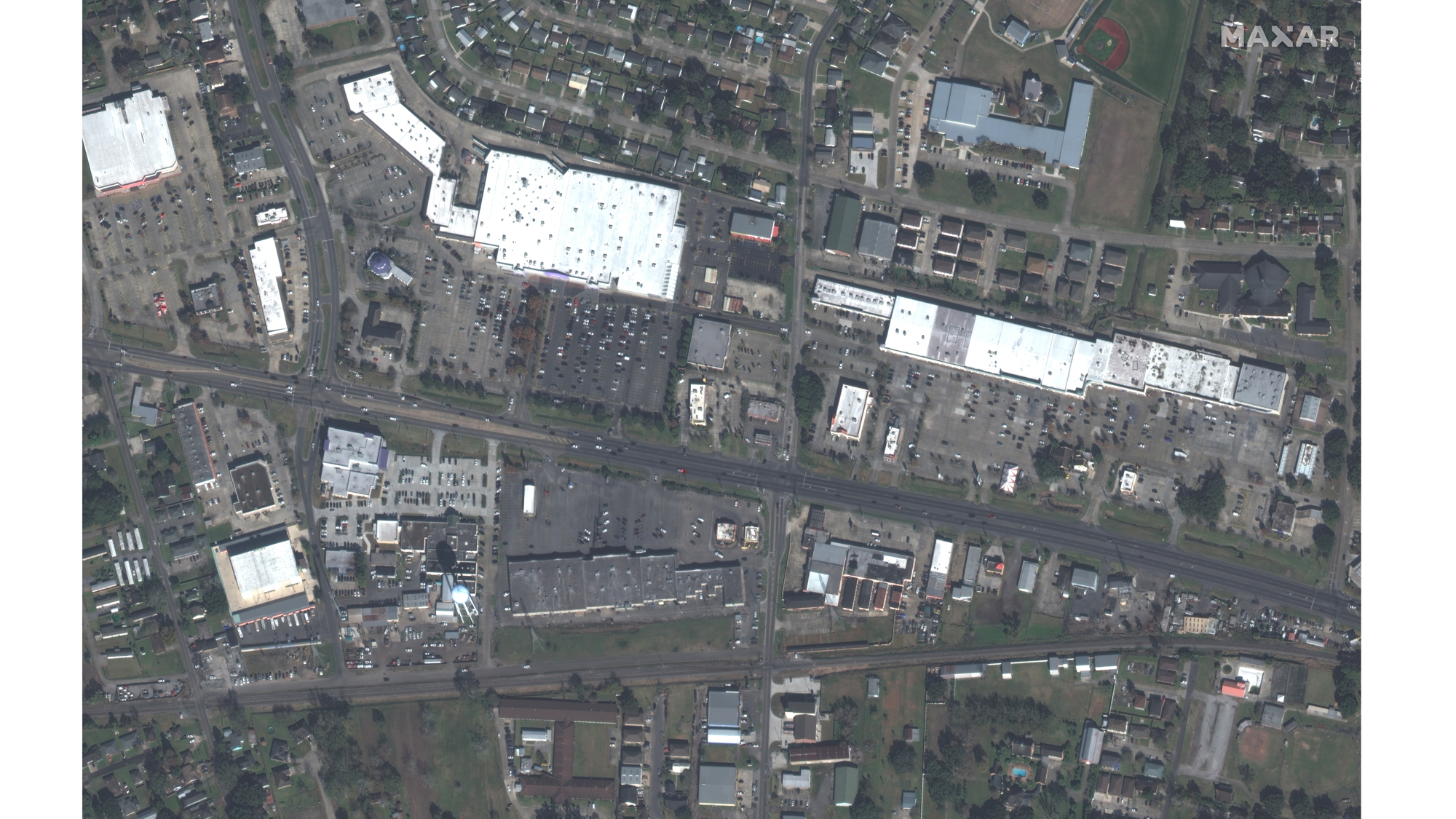
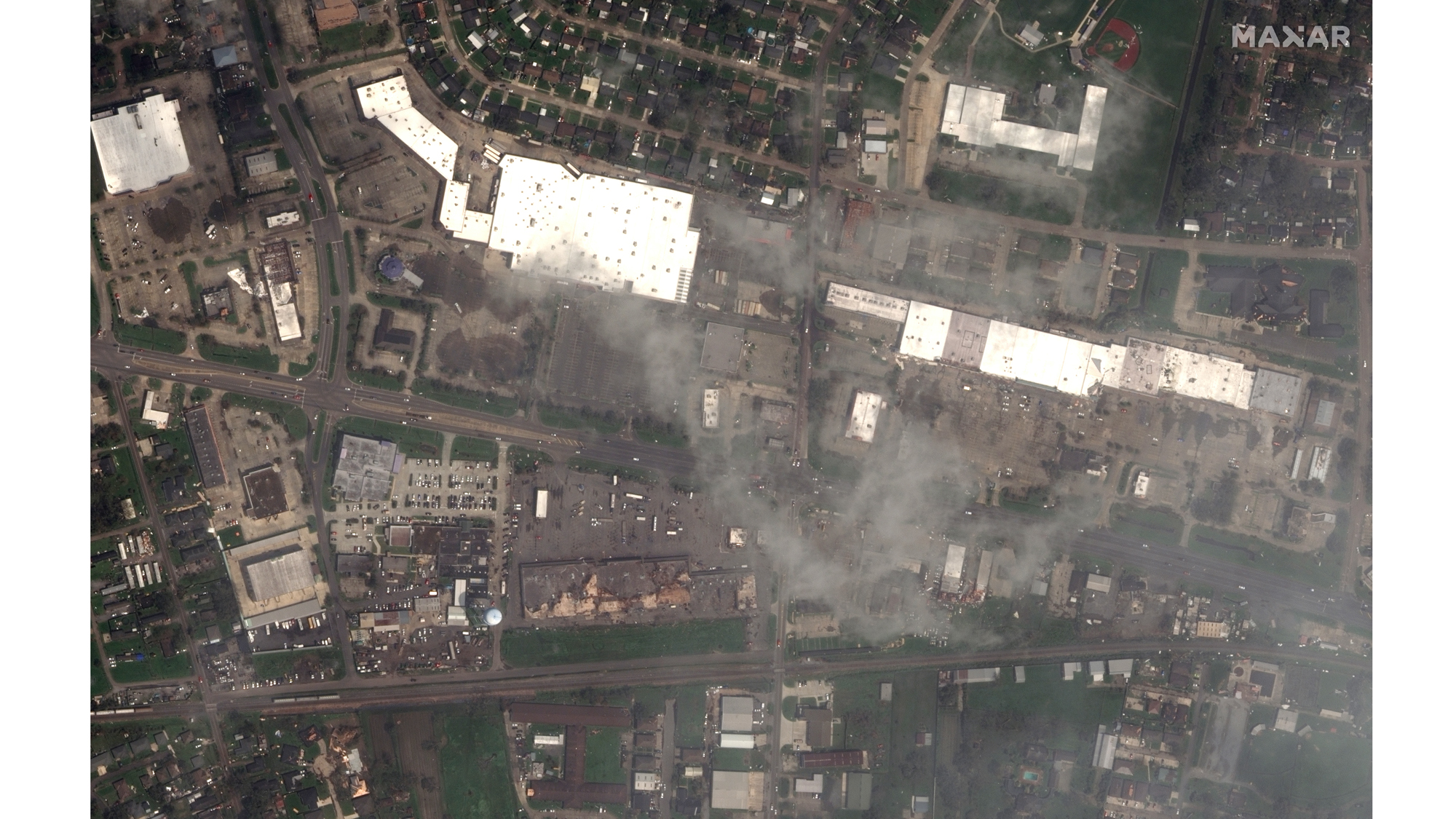

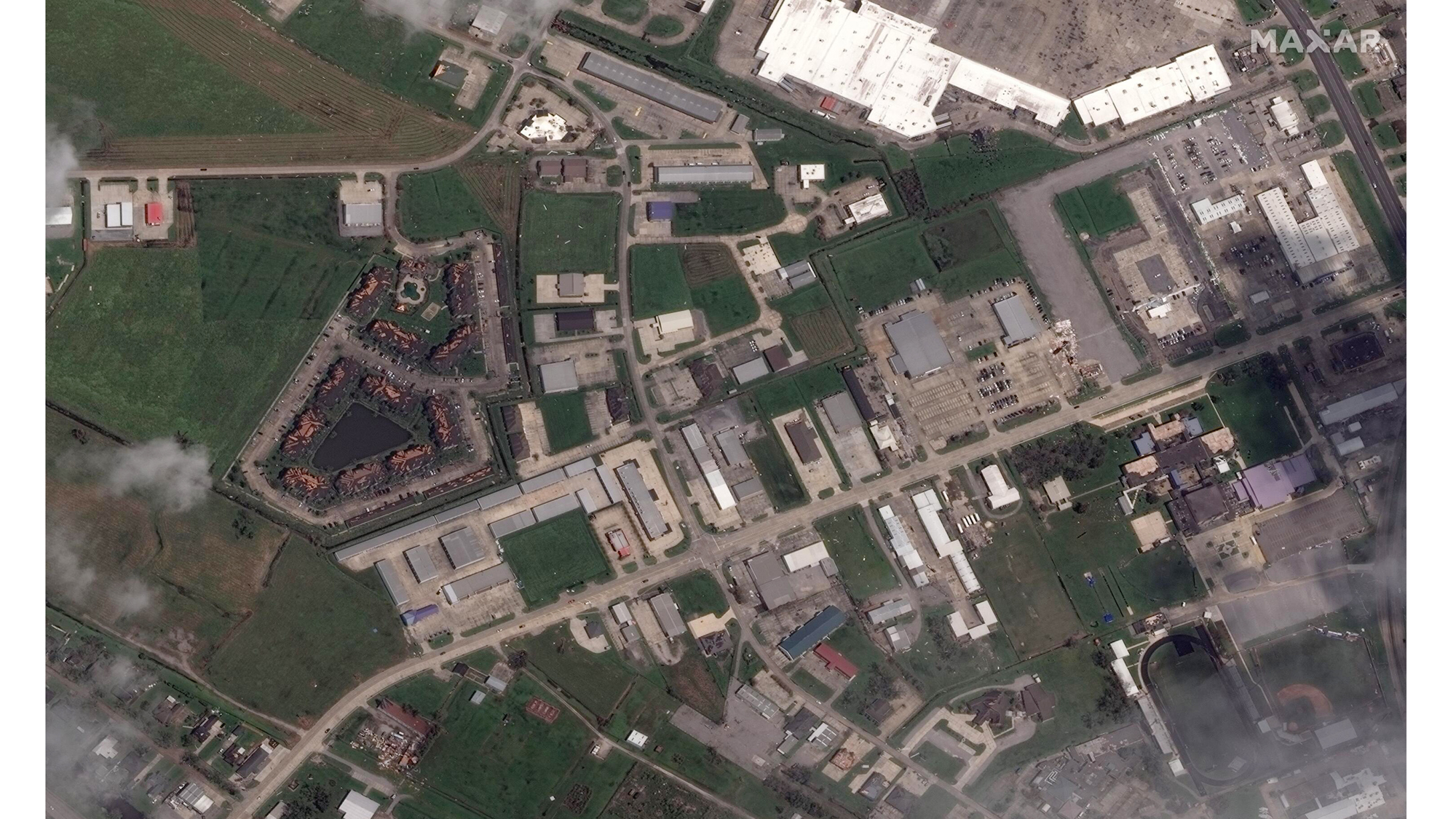
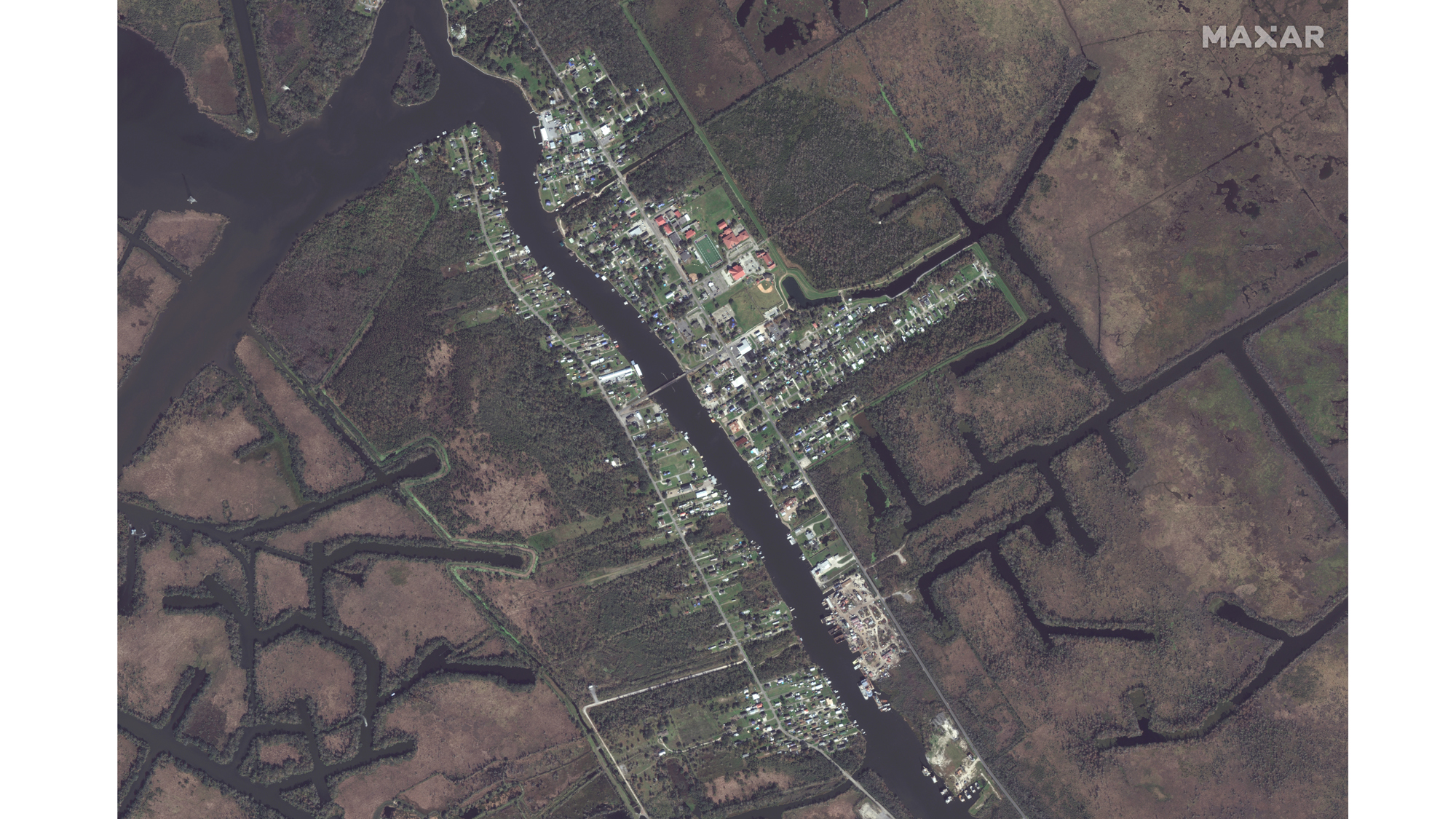

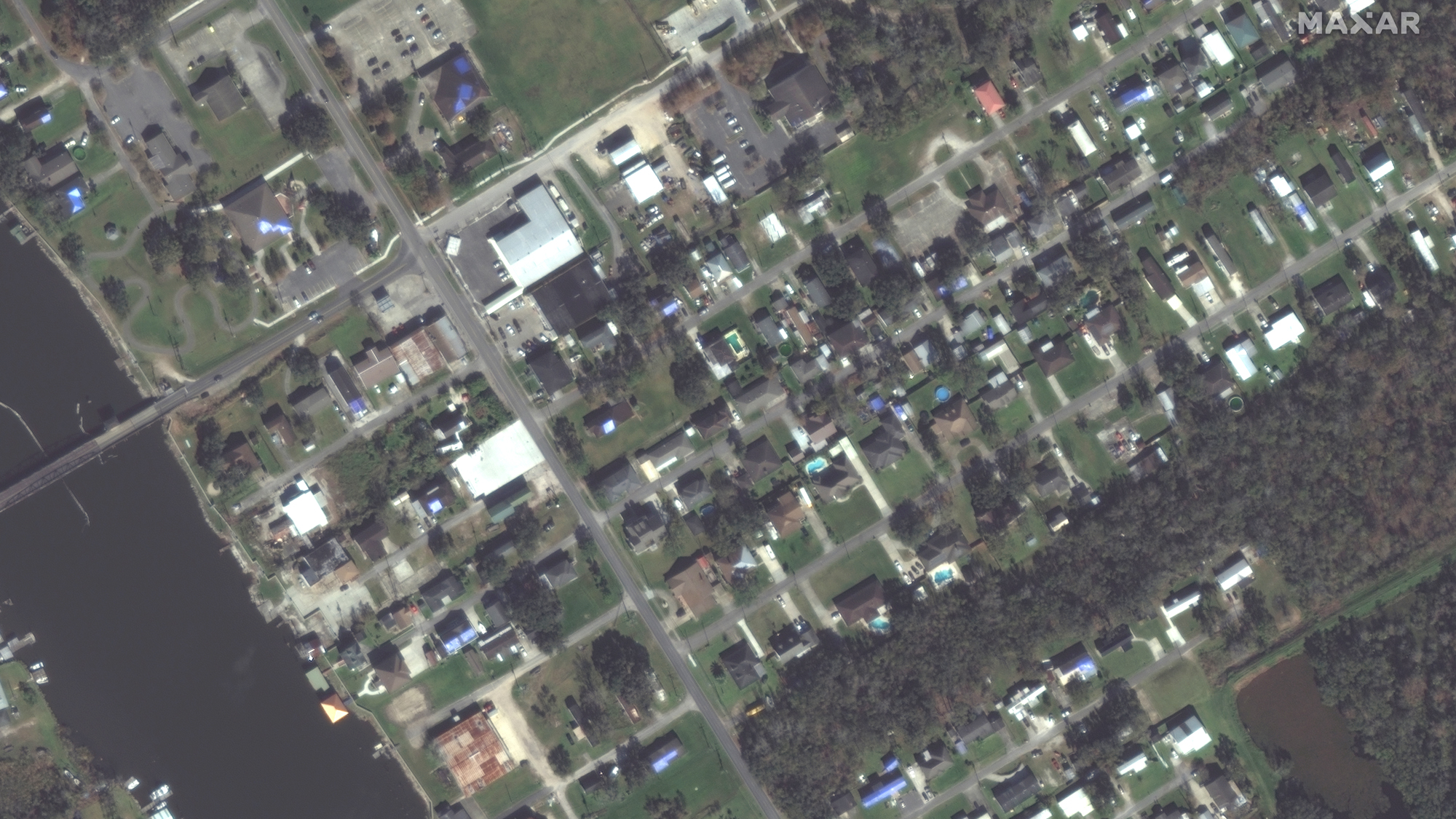
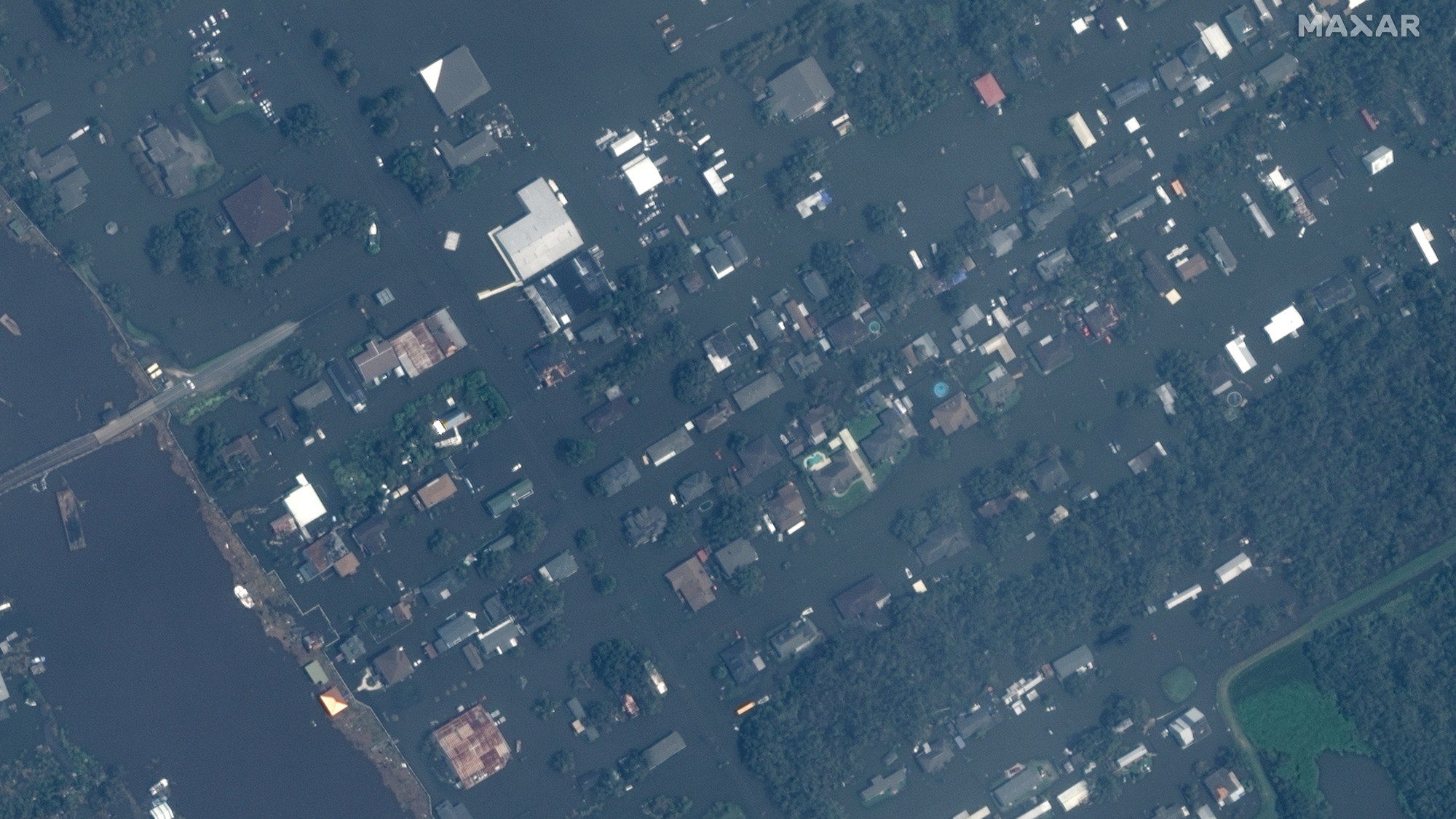
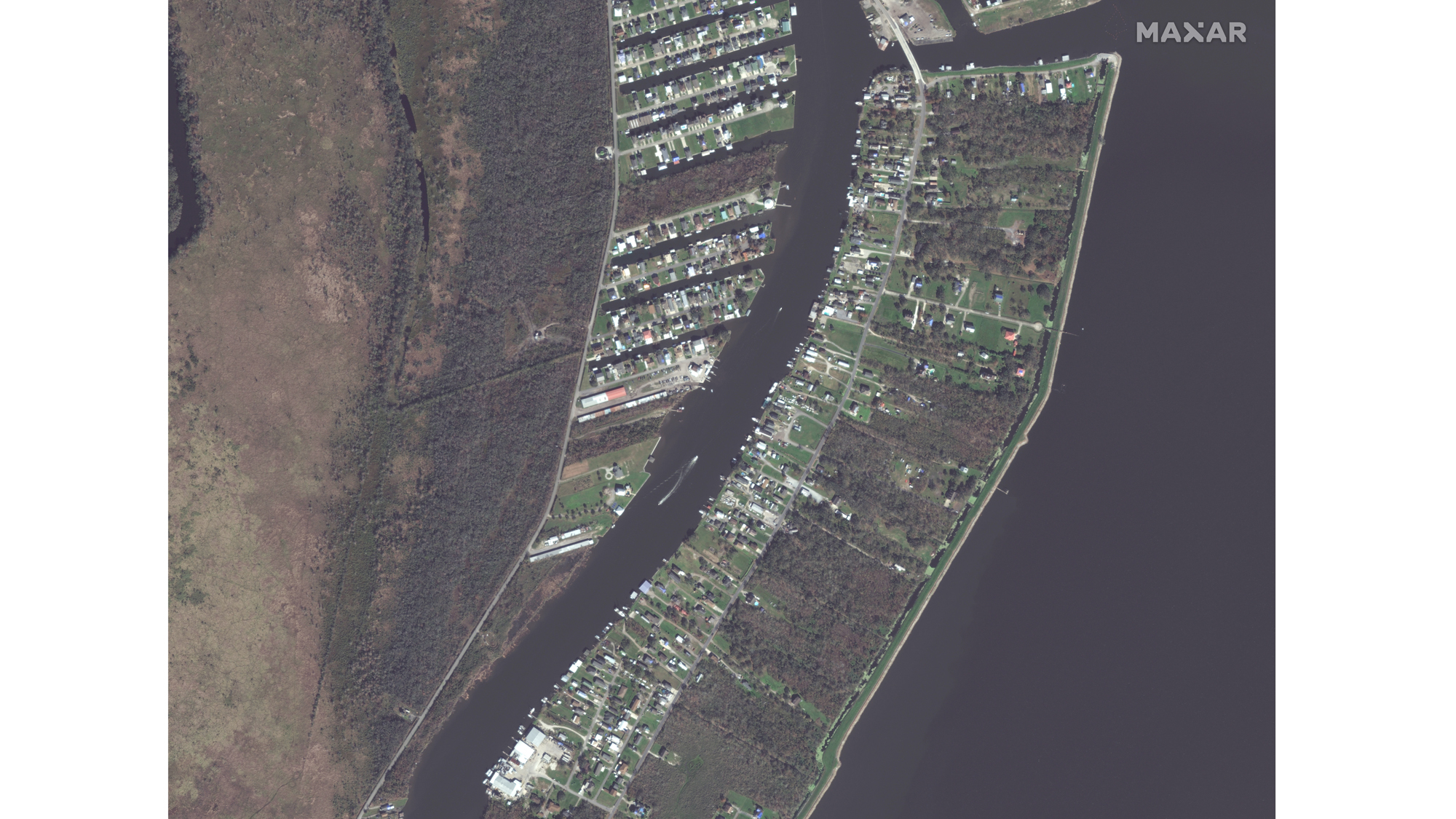
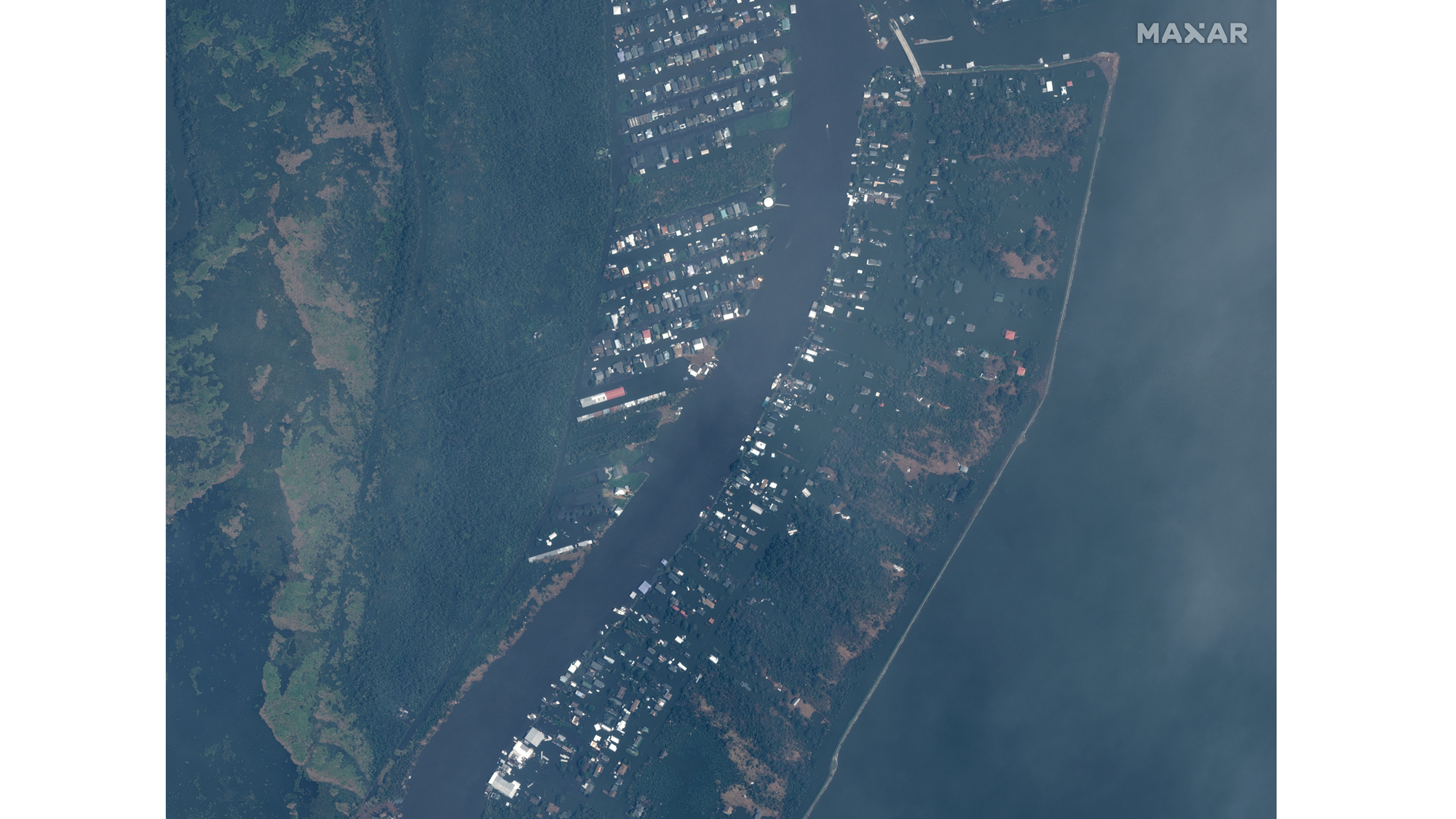






Click through the gallery above to see all of the before-and-after satellite photos.
Ida weakened into a tropical storm on Monday (Aug. 30) as it moved inland, and it has since been downgraded further to a tropical depression. But the storm has life yet as it churns north.
"As #Ida moves inland, heavy rainfall and flooding impacts are expected to spread across the Tennessee and Ohio Valleys, the central and southern Appalachians, and Mid-Atlantic through Wednesday," the U.S. National Hurricane Center tweeted on Monday.
WorldView-2 launched in October 2009. The satellite zooms around Earth at an altitude of 480 miles (770 kilometers) and is capable of resolving features as small as 18 inches (46 centimeters) on the planet's surface.
Editor's note: The original version of this story stated that WorldView-2 is owned by Maxar subsidiary DigitalGlobe. But Maxar retired the DigitalGlobe brand in 2019, so the story was updated at 10 a.m. EDT on Sept. 1 to remove that reference.
Mike Wall is the author of "Out There" (Grand Central Publishing, 2018; illustrated by Karl Tate), a book about the search for alien life. Follow him on Twitter @michaeldwall. Follow us on Twitter @Spacedotcom or Facebook.

Michael Wall is a Senior Space Writer with Space.com and joined the team in 2010. He primarily covers exoplanets, spaceflight and military space, but has been known to dabble in the space art beat. His book about the search for alien life, "Out There," was published on Nov. 13, 2018. Before becoming a science writer, Michael worked as a herpetologist and wildlife biologist. He has a Ph.D. in evolutionary biology from the University of Sydney, Australia, a bachelor's degree from the University of Arizona, and a graduate certificate in science writing from the University of California, Santa Cruz. To find out what his latest project is, you can follow Michael on Twitter.
